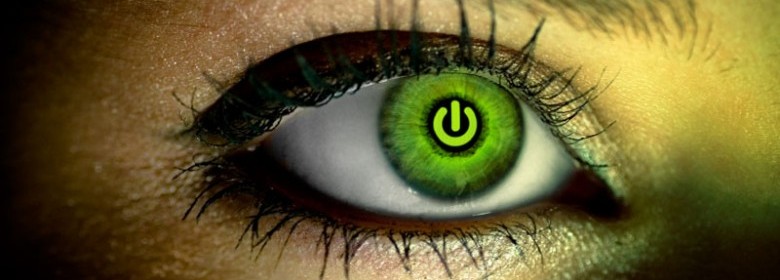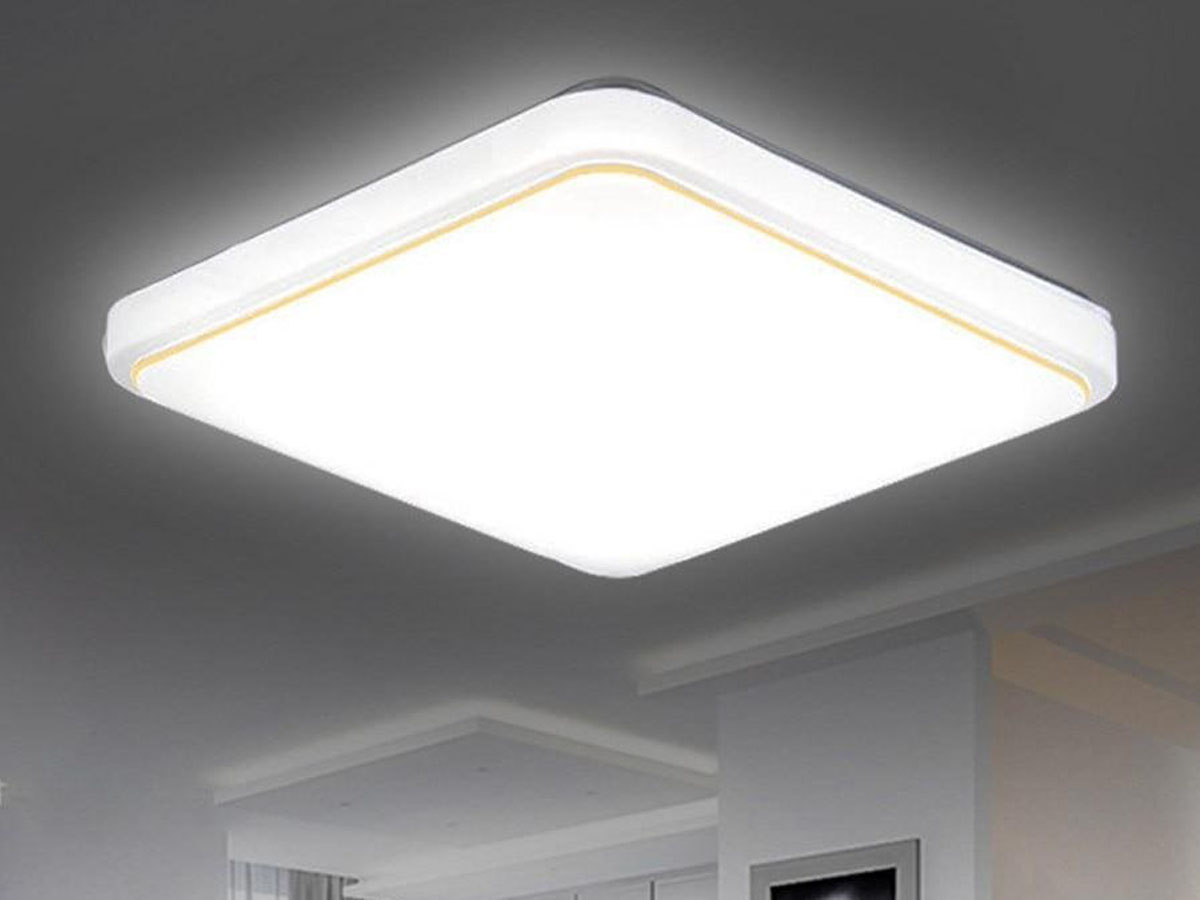
As a kid - and maybe even as an adult - you might have been afraid of the dark. But should we be more afraid of light? We know UV light can be damaging to our skin, and recent studieshave shown that UV light and certain wavelengths of blue light can also be harmful to our eyes - leading to vision loss.
The infographic below highlights the dangers and benefits of blue light and the adverse effects of UV light on our eyes. We spoke with Kirk Smick, O.D., anoptometrist in Morrow, Ga., to find out how dangerous light impacts our vision and what we can do to protect our eyes.
What do you want people to know about the dangers of certain wavelengths of light?
Dr. Smick: While light is an essential part of our daily lives - helping us see, regulating our sleep/wake cycles, and even providing us with vitamin D - everyone needs to know that we are also exposed to harmful light that can not only be dangerous to our skin but also impact the long-term health of our eyes. We need daily protection from the hazardous effects of both visible and non-visible wavelengths of light, particularly UV light and certain wavelengths of high-energy blue light.
During an eye examination, are there signs that reveal exposure to UV light?
Dr. Smick: Yes, many patients who spend a large amount of time working outdoors in the sun show signs of pterygium, a growth of fleshy tissue on the white of the eye that can extend over the cornea and interfere with vision. Another sign of over-exposure to UV light is the development of cataracts at a degree more than normal for their age.
What advice do you offer patients who are exposed to UV light?
Dr. Smick:Everyone, not matter what age, should protect their eyes daily from UV light. One easy way to guard your eyes is to wear glasses with lenses that offer complete UV protection on both the front and back surfaces.
What is blue light and where does it come from?
Dr: Smick: Blue light is part of the visible light spectrum and is beneficial to our bodies. It helps regulate our biological clocks and also plays a role in helping our brains with certain functions such as memory and cognitive performance. The biggest source of blue light is the sun, but it is also emitted from LED light in the digital devices we use every day, such as our phones, tables, and computers.
Why should we be concerned about blue light?
Dr. Smick: It's the high-energy Blue-Violet light that we have to worry about. Recent studies have shown that this wavelength oflight is a risk factor for retinal damage and age-related macular degeneration (AMD), which leads to central vision loss. As we incorporate more and more LED light into our environment, there is a greater need for protection from high-energy light sources.
During an eye examination, can you tell if a patient spends a lot of time in front of a computer all day?
Dr. Smick: Often times patients' symptoms of tired eyes and headaches at the end of the day are telltale signs of prolonged computer use. Patients also complain of red eyes, dryness, difficulty focusing, and eyestrain.
Are there signs that reveal exposure to harmful blue light?
Dr. Smick: It is difficult to diagnose whether or not a patient has been exposed to a large amount of Blue-Violet light, but we know that macular changes can occur secondary to lipofuscin, brownish pigment particles, that result from exposure.
What do you suggest patients do to protect their eyes while sitting at a computer or working on other digital devices?
Dr. Smick:I advise my patients to add a layer of protection to their eyes by wearing lenses that not only reduce glare but also block harmful blue light. Crizal � Prevencia� No-Glare lenses are a good option as they selectively block only those wavelengths that are most harmful and continue to let the "good" wavelengths pass through the lens.




